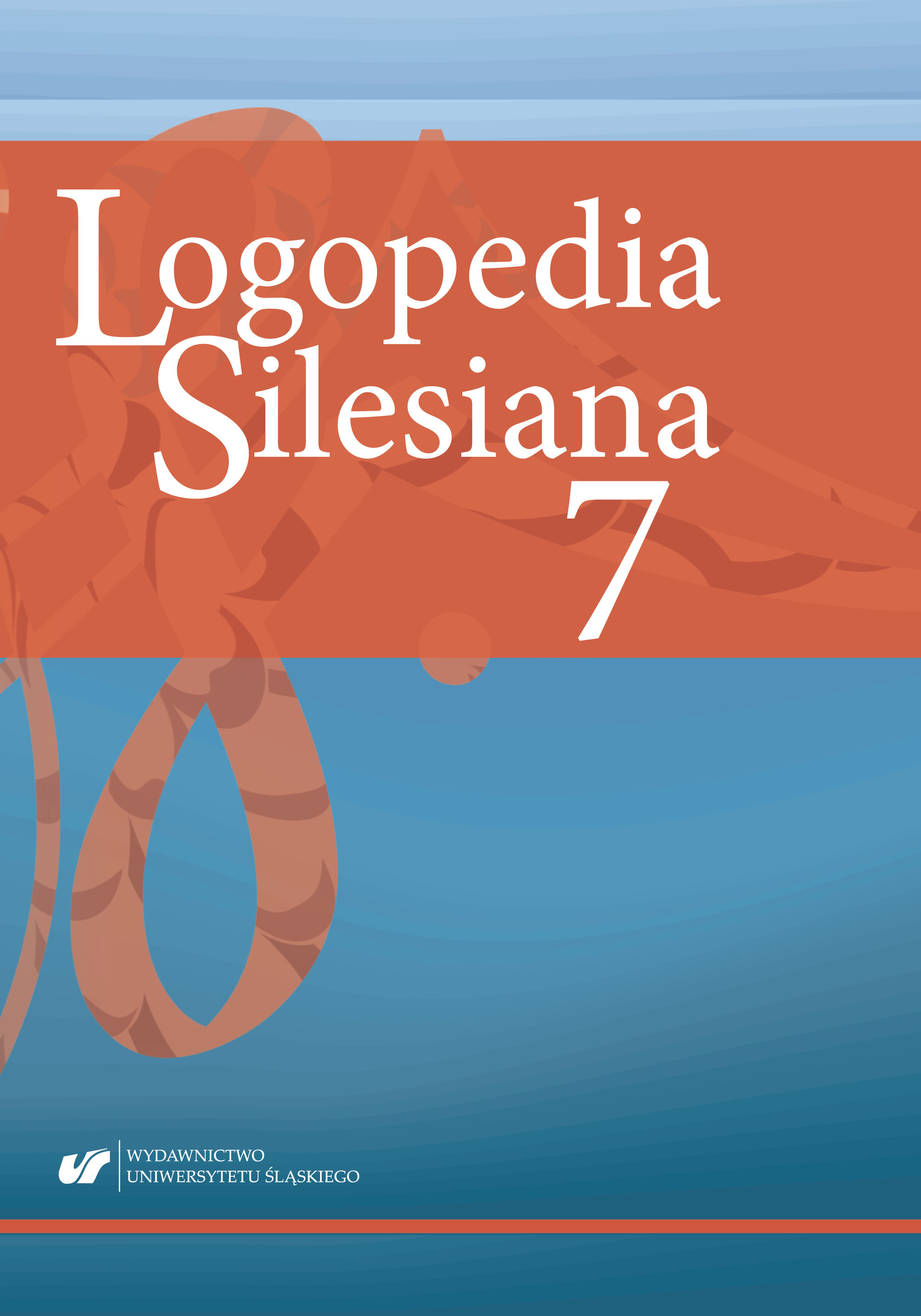The Evaluation of Sensory Integration and Partial Pragmatic Communication Abilities in Children with Autism Spectrum Disorder with the Application of a New Evaluation Material Speech-Language Therapy Approach
The Evaluation of Sensory Integration and Partial Pragmatic Communication Abilities in Children with Autism Spectrum Disorder with the Application of a New Evaluation Material Speech-Language Therapy Approach
Author(s): Kateřina Vitásková, Jana Mironova TabachováSubject(s): Language and Literature Studies, Theoretical Linguistics, Applied Linguistics
Published by: Wydawnictwo Uniwersytetu Śląskiego
Keywords: autism spectrum disorder; speech-language therapy; sensory integration; sensory processing disorder; communication disorder;special needs education;
Summary/Abstract: Autism spectrum disorder (ASD) is associated with variable communication difficulties and disorders, mostly detected in pragmatic language abilities, sensory integration, and imitation. These components are important for a comprehensive speech-language therapy (SLT) intervention. This article describes the application of a new evaluation material for assessing imitation abilities, partial pragmatic abilities based on the recognition of graphical visual diagrams, and sensory integration in two boys with ASD (diagnosed with childhood autism in accordance with International Classification of Diseases, 10th Revision, WHO) with sensory integration difficulties, dyspraxia symptoms, and imitation skill disturbances. The main objective is to identify potential obstacles to SLT efficiency and the causes of disturbed pragmatic language abilities. The analysis of the case studies shows some progress in communication ability; however, some of the abilities related to sensory integration have been partially inhibited. In one case, we suggest the possible influence of the individual therapy based on the described detailed assessment.
Journal: Logopedia Silesiana
- Issue Year: 2018
- Issue No: 7
- Page Range: 17-35
- Page Count: 19
- Language: English

